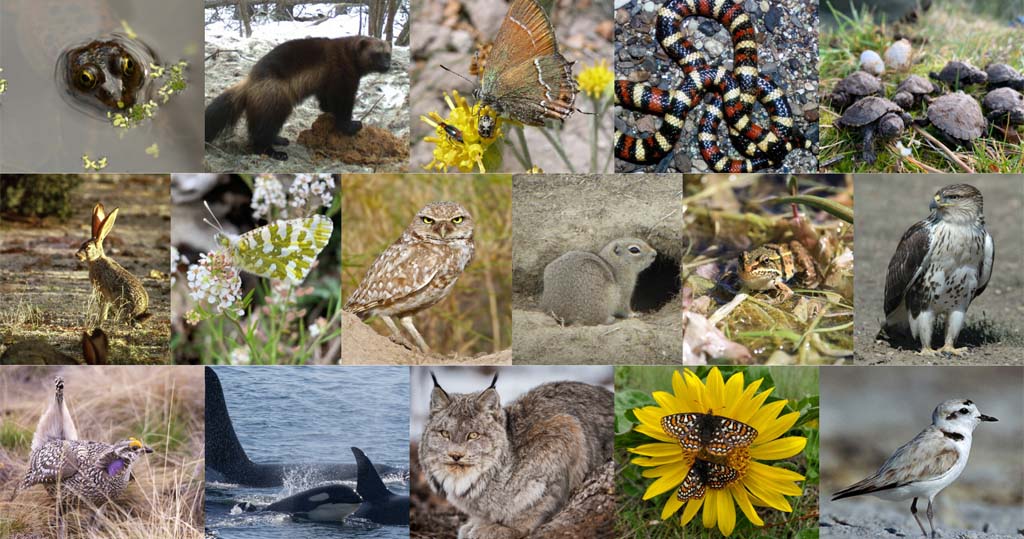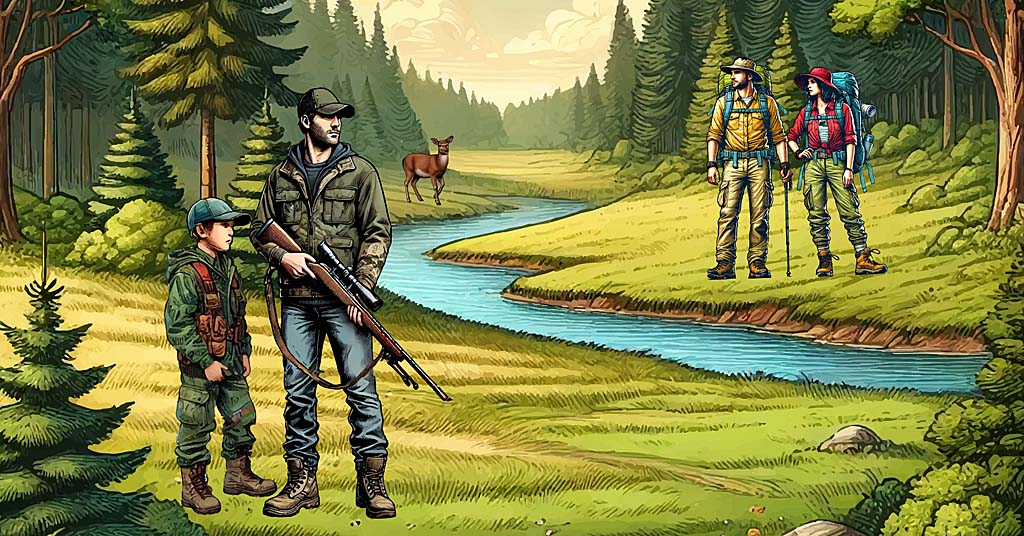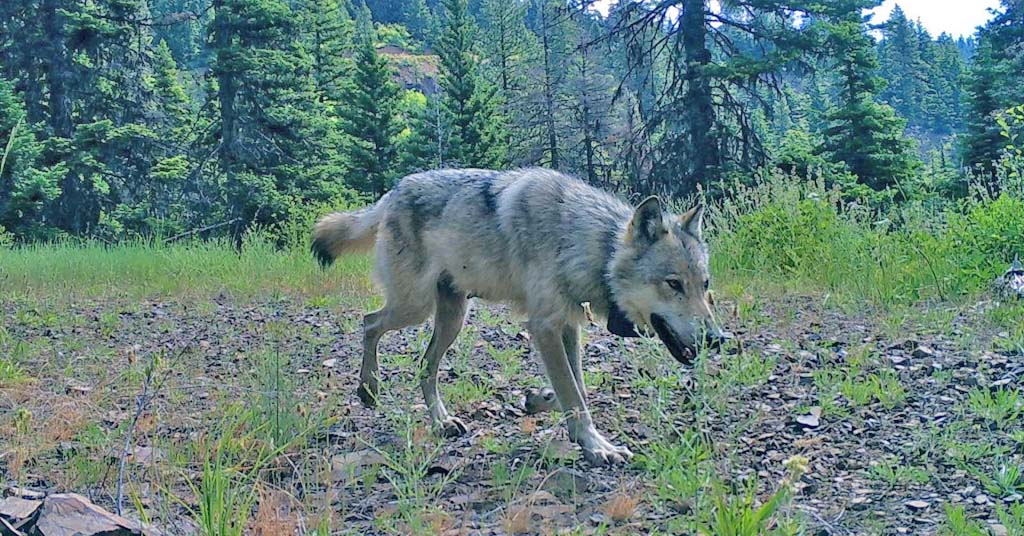A social media charm offensive from the Washington Department of Fish and Wildlife touts the agency’s commitment to species biodiversity

Diversity equity: Washington is home to a spectacular array of species. The state is now actively appreciating them. Photo: WDFW
By Kendra Chamberlain. September 18, 2024. The Washington Department of Fish and Wildlife wants you to know that it cares about biodiversity.
A new initiative at the department is pushing back against its reputation as a “hook and bullet” agency, more concerned with managing revenue-generating game species than protecting ecological systems.
Scrolling through the department’s social media channels, you’d be hard pressed to find much conservation content—it’s largely orange vests, rifles and dead animals.
But for the first time in years, WDFW has a big biodiversity conservation budget.
Now it’s released a splashy new video series highlighting the state’s eight ecoregions, designed to be pushed across social media channels to generate buzz about conservation work at the department.
“Video is increasingly the currency in capturing people’s attention—particularly online—and getting them excited about something,” Margen Carlson, conservation director at WDFW, tells Columbia Insight. “And we haven’t often had the funding capacity to do that work.”
Now they do.
The state legislature gave the department $24 million in funding for 2023-25, with an expected additional $17.2 million per biennium anticipated through 2029.
A chunk of that money will go toward implementing the State Wildlife Action Plan (SWAP) and building up new programs focused on recovering at-risk species and restoring habitat.
Sixty thousand dollars of the money earmarked specifically for conservation education and outreach went toward the video series.
Carlson says the ecoregion videos were filmed with an eye toward connecting people to place, and linking conservation efforts to specific geographies.
“We wanted to use the ecoregions, because those are both meaningful scientific descriptions of the different ecosystems … but they’re also meaningful differences across the state that you can really see,” says Carlson. “So we wanted to use a map that really bridged science and helps people see themselves in the places that they care about.”
Pivotal point?
Biodiversity is a goal of the state wildlife department that doesn’t typically get a lot of funding.
Much of the revenue generated by WDFW goes directly to game species research, monitoring and management.
Biodiversity work, on the other hand, has been chronically underfunded, according to a progress report from the department filed earlier this year.
“This biodiversity funding marks a turning point in closing the gap on implementing critical conservation actions to restore biodiversity in Washington,” the report states.
The biodiversity funding package garnered the state national recognition, and it came with what some sportsman groups feared was a mandate to reform the department toward more conservation.
“Washington legislators handed WDFW $23 million for new biodiversity work in the recently passed 2023-25 state operating budget, but they also snuck in an unsettling proviso requiring the agency’s governance, mandate and more to be reviewed and possibly reformed, enraging sportsmen’s groups,” wrote Northwest Sportsman in 2023.
A sizable chunk of that funding will support the state’s update to SWAP. The conservation plan is part of an effort across all 50 states to proactively address species declines and habitat loss before they’re too far gone.
Carlson says the department will release a public survey in the coming weeks to gauge public interest in conservation efforts. The update will be finalized next year.
“It’ll be a great opportunity for people to tell us what they think about in their place and what’s important to them, at the early stages [of the SWAP update process],” says Carlson. “One of our biggest goals right now is to facilitate people’s involvement in conservation efforts. And that can look a lot of different ways, at a lot of different scales.”
Videos in the series can be viewed on YouTube.










